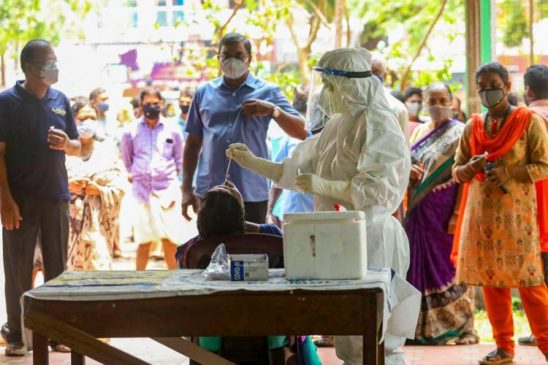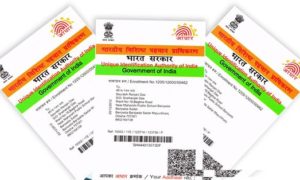Maharashtra (167), Delhi (165), Kerala (57) and Telangana (55) have recorded the most number of cases of the new COVID-19 variant.
New Delhi: The Ministry of Health and Family Welfare on Tuesday (December 28, 2021) morning informed that India reported 6,358 new COVID-19 cases in the last 24 hours.
The Health Ministry said that the country’s active coronavirus caseload now stands at 75,456.
New Delhi: The Ministry of Health and Family Welfare on Tuesday (December 28, 2021) morning informed that India reported 6,358 new COVID-19 cases in the last 24 hours.
The Health Ministry said that the country’s active coronavirus caseload now stands at 75,456.
6,450 recoveries and 293 deaths were also recorded across the country in the last 24 hours. With this, the total number of recoveries have increased to 3,42,43,945, while the death toll has jumped to 4,80,290.
COVID-19 Omicron cases in India
The Health Ministry stated that the COVID-19 Omicron case tally in the country currently stands at 653. Maharashtra (167), Delhi (165), Kerala (57) and Telangana (55) have recorded the most number of cases of the new COVID-19 variant.
Here’s a statewise break-up of Omicron cases in India:

142 crore vaccine doses administered
The Health Ministry said that 142.47 crore COVID-19 vaccine doses have been administered across India so far and that more than 16.80 crore balance and unutilized doses are still available with the states and UTs to be administered.
Centre reviews vaccination status in poll-bound states
Union Health Secretary Rajesh Bhushan on Monday held a high-level meeting with the five poll-bound states of Uttarakhand, Goa, Manipur, Uttar Pradesh and Punjab to review the public health response measures for containment and management of COVID-19, and the vaccination status in these states.
The poll-bound states were advised to speedily ramp up the vaccination of all eligible population for the first dose and ensure that those who were due for the second dose are administered the second dose. The states were also advised to exponentially increase the testing to ensure that the infected cases are identified promptly for timely initiation of public health response measures, and to ensure that there is no sudden upsurge in numbers due to low testing.





































